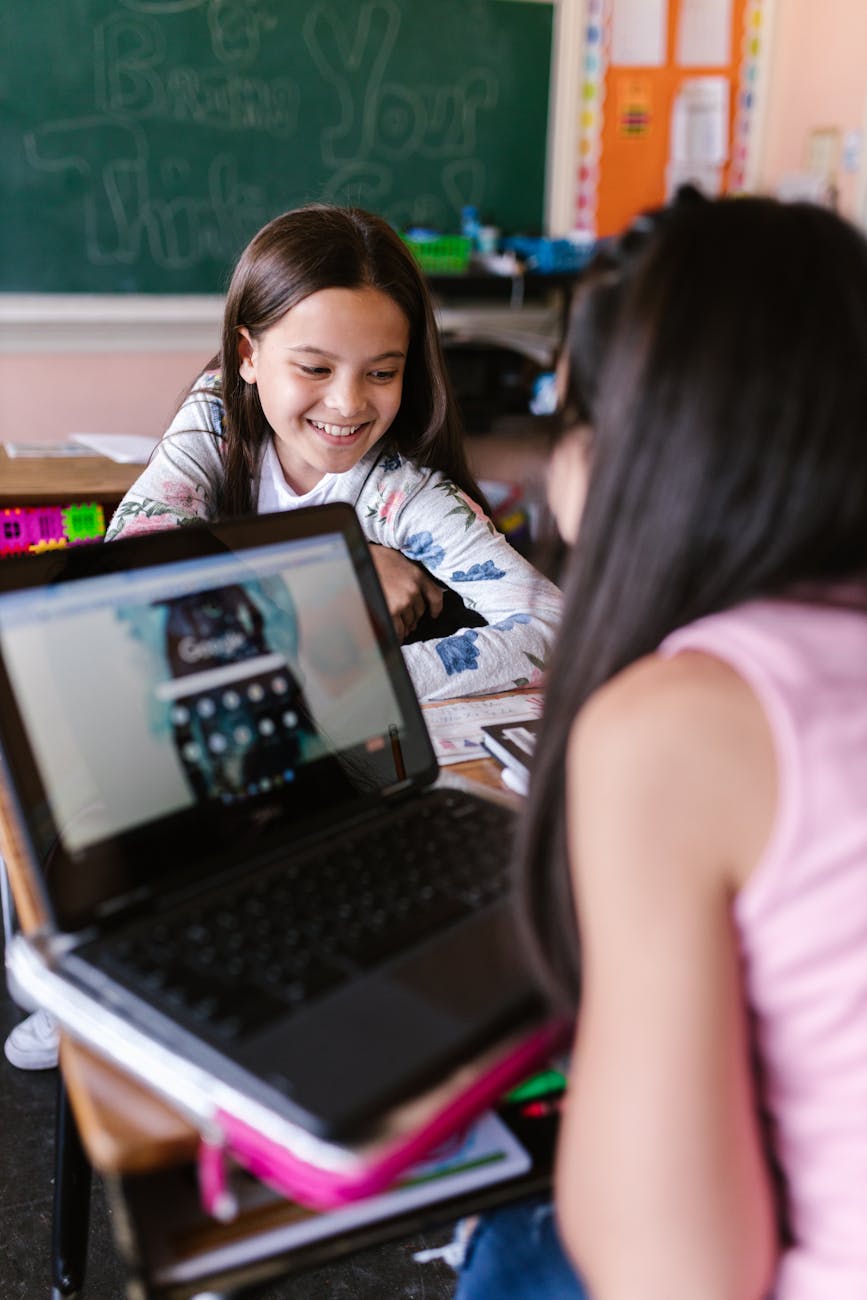
As the end of the school year is a few days away for many educators, it can be a struggle to find ways to fill instructional minutes with much more than paper packets of review work. The concept of paper packets are often mimicked with digital review activities in an LMS such as Google classroom or Canvas.
With waning energy levels from educators and scattered focus from students, people across the educational system may be thinking, “What else, except review?” It is tempting to hand out packets or rely on rote review. But what if you could end the year with purpose and student voice, without burning yourself out?
It is possible. And it does not require reinventing the wheel or hours of prep work.
Relevance > Review
Review packets keep students busy, but they rarely leave a lasting impression. Brain science reveals that learning is more likely to be sustained if it has meaning to the learner. Relevance makes learning stick. And it makes for a much more enjoyable classroom environment for both educators and students. When students see connections between what they are learning and the world around them, they are more likely to show up both physically and cognitively, even in June.
End-of-year learning can be both reflective and forward-facing. Below are ways to empower students as influencers, teachers, and creators. Each approach offers an interdisciplinary lens and aligns to standards while centering student identity, agency, and real-world connection.
Students as Influencers
Encourage students to apply persuasive writing, media literacy, and civic understanding by creating content that influences others. These ideas can align with concepts in ELA such as argumentative writing, research, and digital composition. In social studies, they support civic engagement and knowledge of current events. Influencer activities also foster digital citizenship, empathy, identity, and advocacy.
- Create a Campaign: Have students design a campaign (digital poster, social media carousel, or video PSA) around a cause they care about: mental health, climate change, community kindness, digital safety, etc.
- Persuasive Podcast: Encourage students to record short persuasive podcast episodes where they advocate for something meaningful—school uniforms, recess time, healthier lunches, or global causes.
Students as Teachers
Flip the classroom and give students the mic! When students teach content to others, they build deeper understanding and build confidence. Students engaged in teaching have opportunities to practice speaking and listening concepts from ELA, reinforce learning from varied content areas, build communication skills, and exhibit cognitive skills in logical sequencing of presenting a topic.
- Mini-Lesson Swap: In groups or pairs, students can design short lessons to teach a concept from earlier in the year. They can teach classmates, younger students, or even their families via video.
- Explain a Concept Challenge: Assign students a past academic concept such as fractions, figurative language, or the water cycle, and challenge them to explain it clearly and creatively using a tool of their choice, which may include Canva, Google Slides, or Adobe Express.
Students as Creators
Invite students to reflect on their year and express their learning creatively through storytelling, multimedia, or design. The act of storytelling supports narrative writing skills, fosters personal voice, encourages historical reflection, and builds social emotional skills in self-awareness.
- Digital Memory Books or Time Capsules: As student reflect upon their learning from the school year, whether the topic include content, the world, and/or their academic identities, they can demonstrate the reflection by creating a multimedia scrapbook, video journal, or digital time capsule.
- “My Year in a Meme” or “My Year in 5 Slides”: The act of summarizing information into digestible, bite sized chunks is a valuable skill that levels up the reflection process. My most difficult presentation to give as an adult was limited to a specific number of slides and a mere 3 minutes to express my ideas. Constraints increase creativity and can require students to synthesize, reflect, and inject humor while practicing communication and digital skills.
- Mini-Books or Story Maps: In another opportunity for students to create, students can develop digital or paper mini-books capturing key takeaways from the year in a format they can gift to others.
The end of the year need not equate to the end of meaningful learning. When we shift from review packets to relevant, student-driven activities, we not only meet standards, we meet students where they are now while preparing them with skills to support their future. And often, creative, relevant activities are exactly what they remember most.
May we conclude our school year not with packets, but with purpose.
Looking for more specific, interdisciplinary lesson ideas? Stay tuned for History Matters in an AI Era: Interdisciplinary Approaches for K-8, written with co-author Adam Juarez, to be released in late June. Looking to support digital learning in your educational organization? Be sure to check out our first book, The Complete EdTech Coach: An Organic Approach to Supporting Digital Learning.
Discover more from Katherine Goyette
Subscribe to get the latest posts sent to your email.
